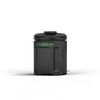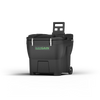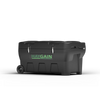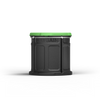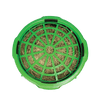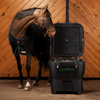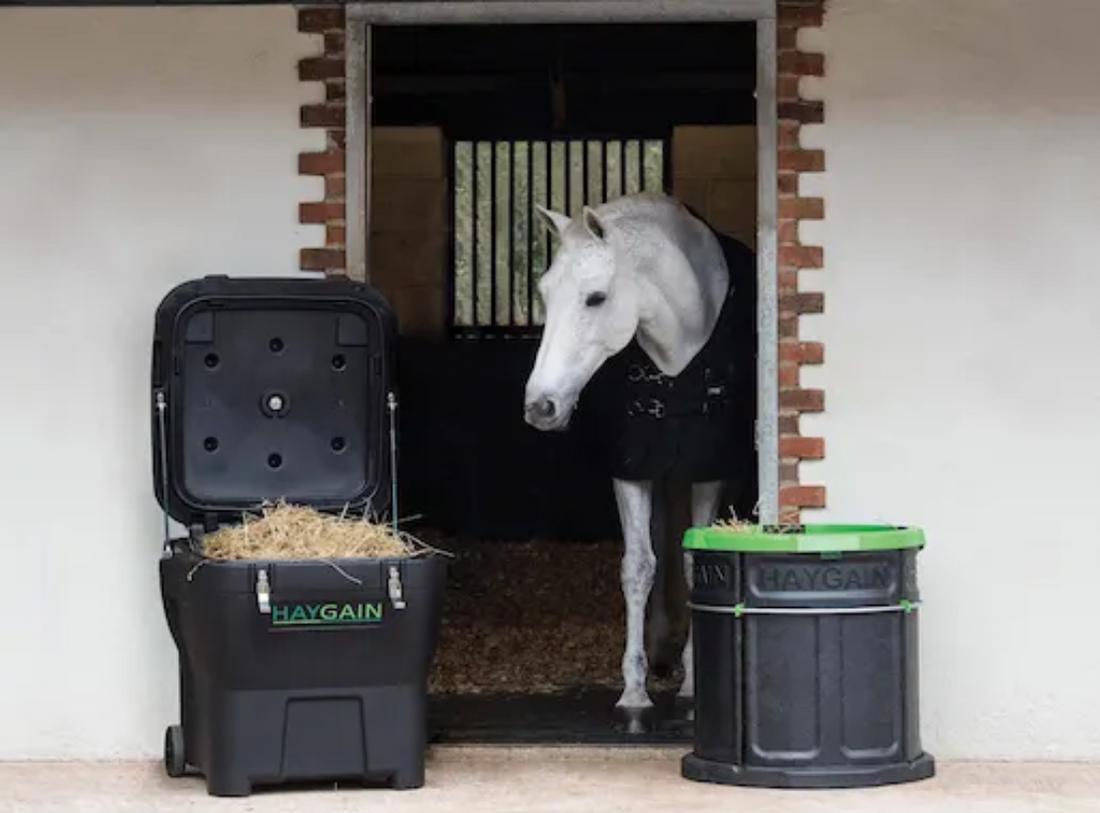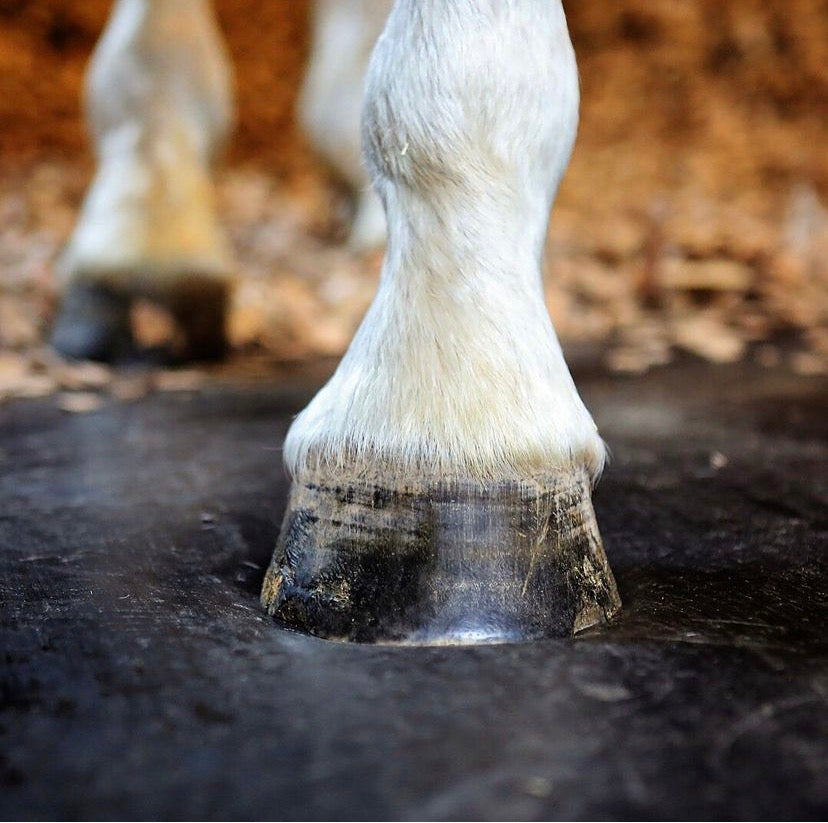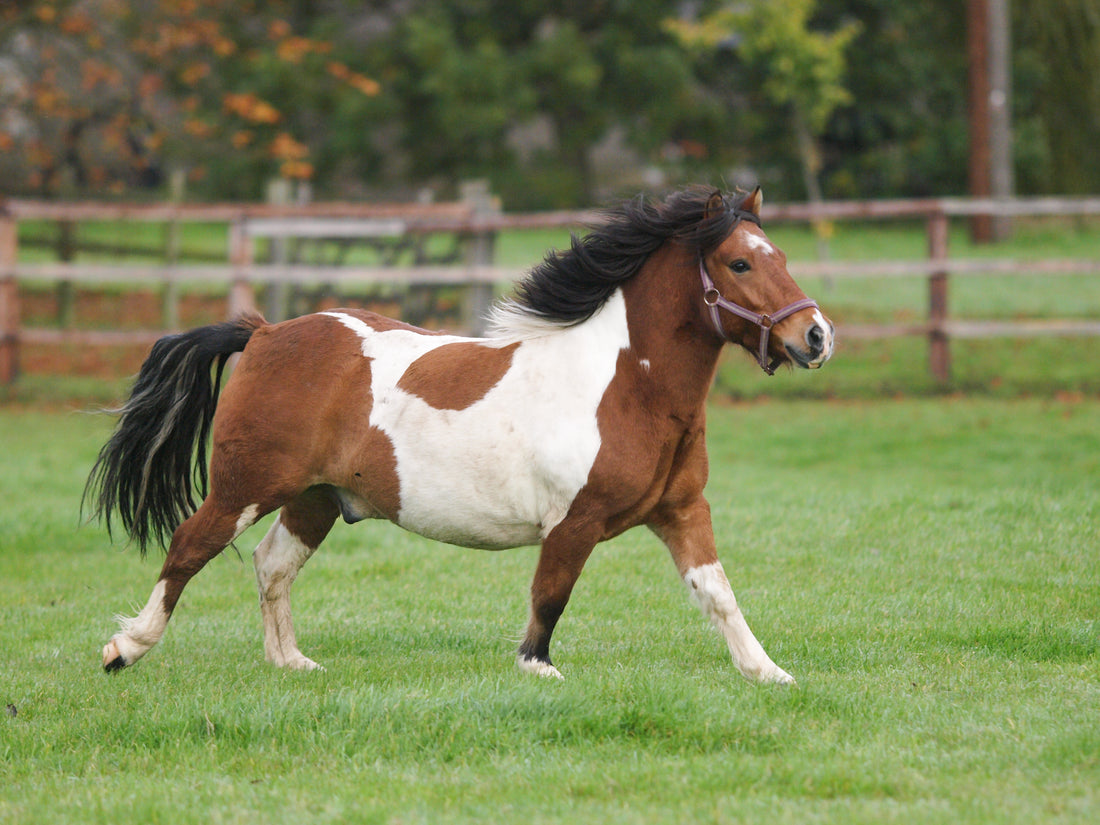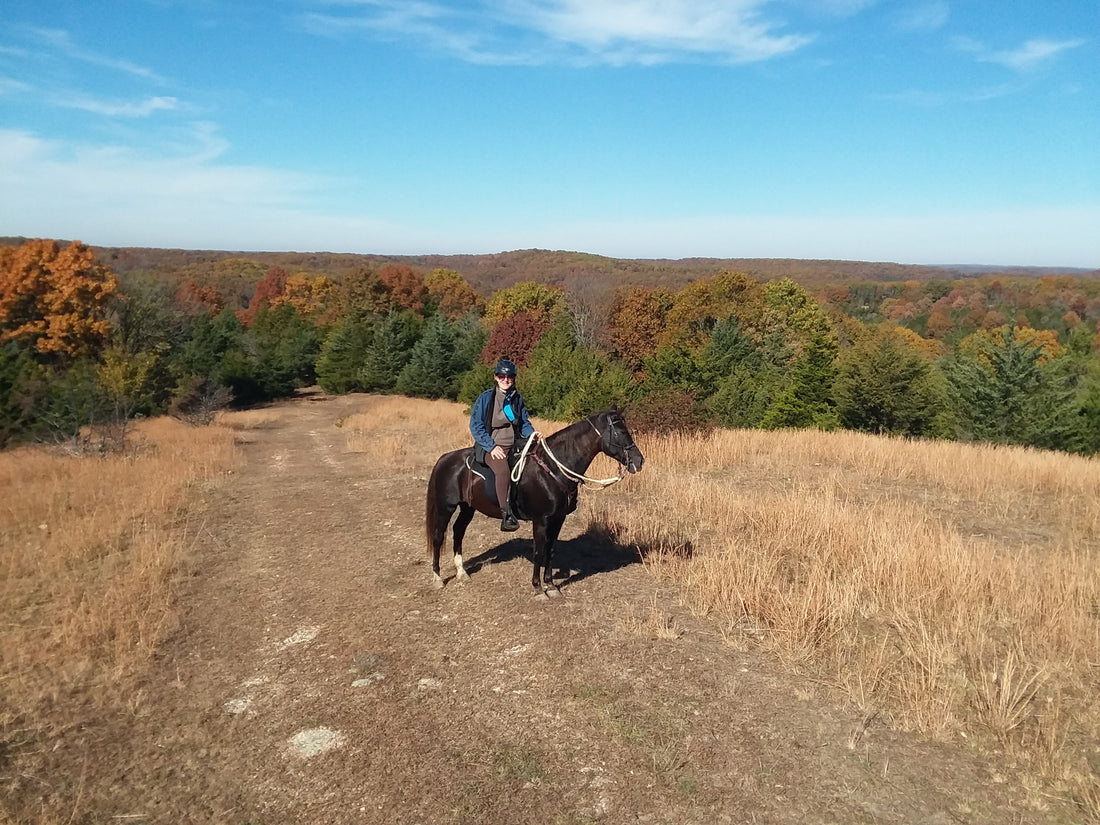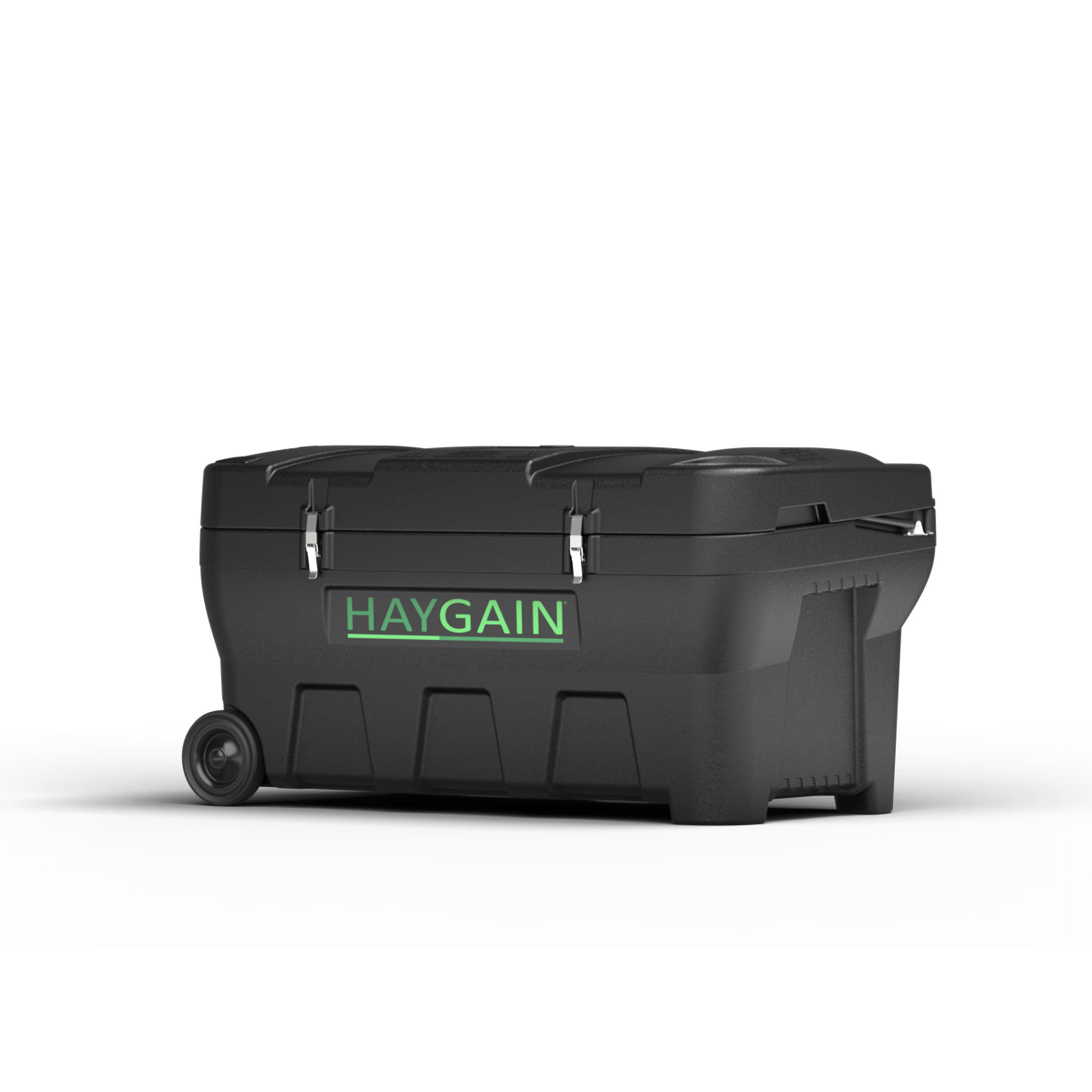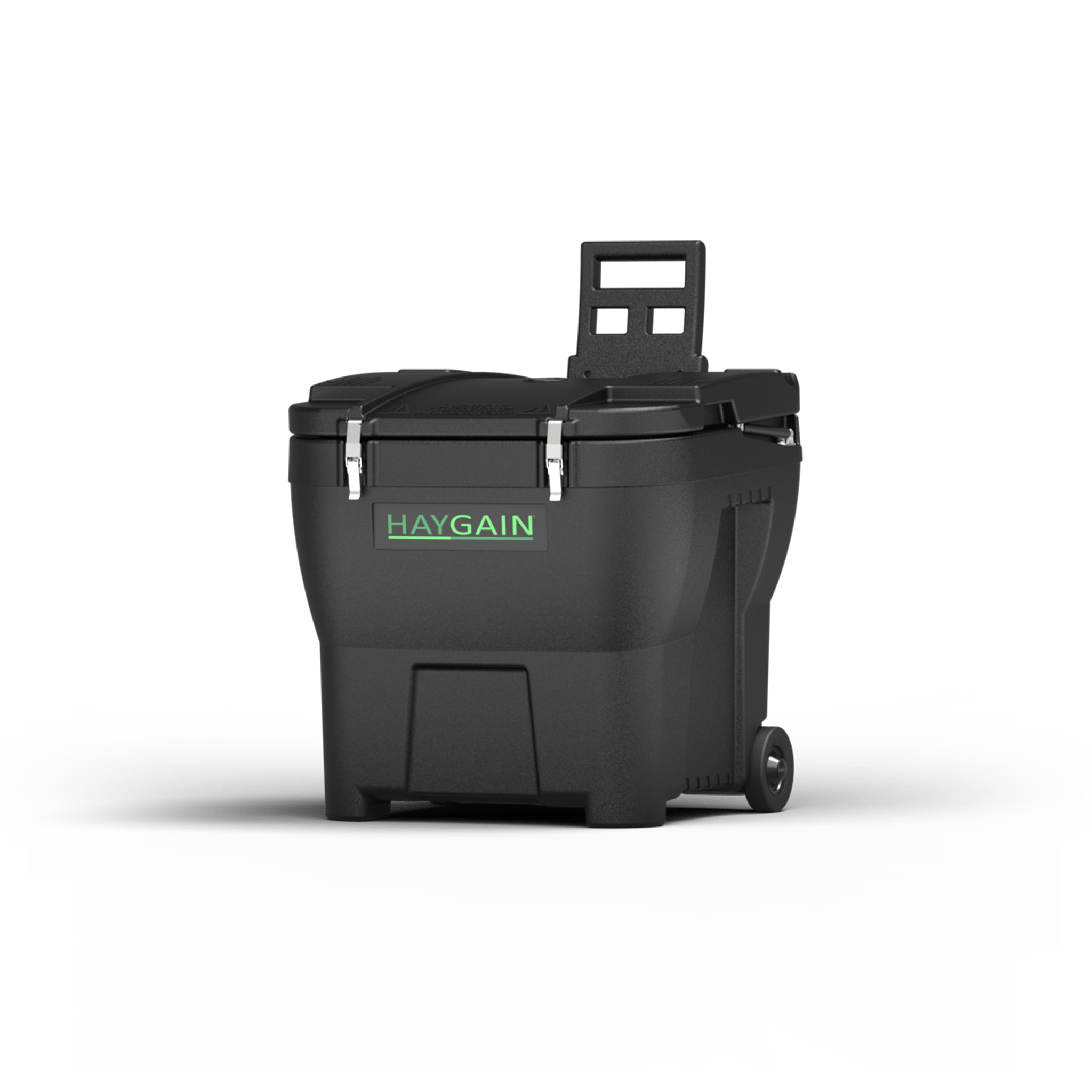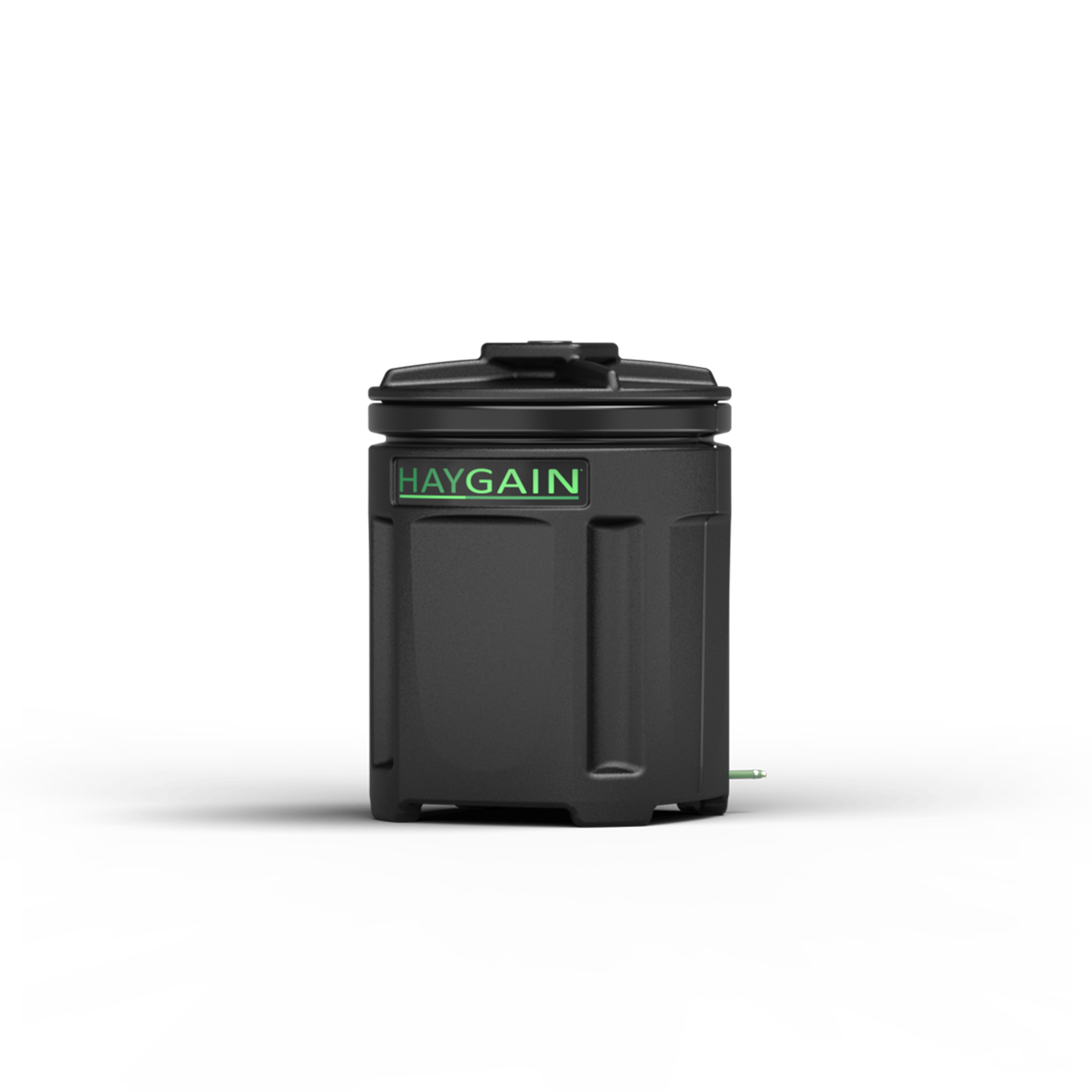January 01, 2023
A Horse’s Happy New Year
A healthy horse is a happy horse.
By Kim Miller | Equestrian Writer
Just like people, a horse that feels good in its body finds everything easier and, likely, more fun. Unlike with people, by the time our horse can tell us something in their body doesn’t feel good, it’s likely the underlying health issue is already advanced.
They can’t tell us about the slight restriction in their breathing that preceded the cough that catches our notice a few weeks later.
They can’t tell us about the uncomfortable gut sensations that preceded girthiness, poor temper or bad behaviors later linked to a gastric ulcer diagnosis.

They can’t tell us about the bad night’s rest that manifests as a laziness under saddle.
Our horses can’t explain their discomforts in their earliest stages. It’s our job to understand what causes our horses’ most common and preventable health issues and prevent them wherever we can.
Here’s five management tips for doing exactly that. They’ll help ensure your horse has a Happy New Year, indeed.
1. Feed Slowly:
Horses are grazing animals. Their digestive systems are built to process small quantities of forage over several hours of the day. They secrete acids to ferment fibrous plant material whether there is fibrous plant material in the digestive tract or not. When there isn’t, those acids go to work on the stomach lining.
Because it’s convenient to feed twice or thrice daily, many horses spend only about two-and-a-half hours of their day eating. It should be at least eight to 10 hours. Chewing produces saliva that helps buffer the stomach lining from ever-present gastric acids.
Encouraging our horses to eat as nature intended helps prevent those acids from causing ulcers. More time eating also lessens boredom behaviors like stall weaving, pawing and cribbing.
Haygain’s Forager Slow Feeder enables horses to eat slowly and without frustration.
2. Be Nosy:
Try putting your nose where your horse’s nose is and inhaling deeply.
Is something tickling your throat? Is a sneeze sneaking up on you? Weird as we might feel doing this, it’s a great way to identify respiratory risks that are virtually everywhere in the barn. Most horses thrive on a mostly-forage diet. The catch is that even freshly harvested hay of top nutrient quality can be loaded with respirable particles. The particles we can’t see are the most harmful to our horses. At under 5 microns in size, they can slip past his respiratory defenses to infiltrate and inflame the lining of the airways and lungs. Conditions on the Equine Asthma Spectrum start here.
Reducing the respirable irritants in hay is a savvy, simple step toward maintaining respiratory health. Haygain Hay Steaming is the only scientifically proven way to reduce up to 99% of the respirable irritants commonly found in hay. And it does so without degrading nutrients.
3. Clean Underneath:
By the time ammonia odors emerge, an unhealthy accumulation of this caustic gas is already present in the stable. Even in a well-maintained barn, ammonia accumulates when urine and other fluids seep through cracks in the flooring material and pool at the subfloor. Along with ammonia that irritates sensitive tissue in the eyes, respiratory tract and elsewhere, bacteria multiply in these unpleasant pools of fluid.
ComfortStall Sealed Orthopedic Flooring prevents such accumulation because its one-piece durable top cover is sealed to the stall wall.
4. Encourage Rest & Sleep:
The importance of physical and mental recovery is well documented in human sports medicine and deep sleep and rest are critical to that. While research on sleep and rest’s effect on equine performance and well-being is light, common sense suggests it’s equally beneficial.
Horses can rest and sleep while standing, but they can only achieve deep REM sleep while lying down with their nose resting on the floor. The average adult horse needs at least an hour of REM sleep every day.
ComfortStall’s layer of orthopedic foam provides cushion and comfort that encourages lying down to get that deep rest. Owners regularly report their horses spending more time napping and lying down on this flooring.
For the many hours horses stand in their stall, ComfortStall has a unique combination of traction, give and cushion to support joints, provide energy rebound and prompt blood flow that has a natural healing effect.
5. Hydrate:
As with people, adequate hydration is critical to every aspect of physiological function in the horse, especially digestion and thermoregulation. According to the American Association of Equine Practitioners, an idle 1,100-pound horse in a cool environment will drink six to 10 gallons of water every day. There are many variables, including external temperature, exertion level and how much water is in their food source.
Horses on good quality pasture grass, for example, can drink less water because of the moisture in the grass. Conversely, a diet of dry hay provides little moisture and requires more moisture to help with digestion. Haygain Steamed Hay has up to 3X the moisture content of dry forage. Its proven palatability helps ensure our horses get enough of this critical nutrient.
Here’s to a happy, healthy New Year for all our horses.
TRENDING ARTICLES
-
BEFORE YOU GO
Get the Haygain Newsletter
Subscribe for the latest news, health advice, special offers and competitions. Fill out the form at the bottom of this page.
